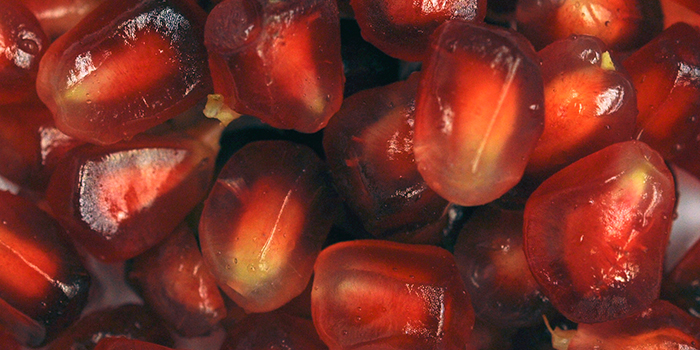
Pomegranates For Now - Click Here
Blueberries
Blueberry is a shrub fruit crop, cultivated commercially in over 25 countries worldwide. The United States is the largest producer of blueberries, accounting for more than half of the global fruit crop. In last 15 years, blueberry production has more than doubled and the demand keeps increasing. This increase in demand is largely due to numerous health benefits associated with blueberry consumption. There are four main types of blueberries: Rabbiteye, Northern Highbush, Southern Highbush, and Lowbush. Number of varieties of Southern Highbush blueberries are suitable for growing in Florida, under mild winter conditions. Florida blueberries are harvested in early spring (April-May) making them desirable for an early market window and can compete with blueberries imported from South America and Mexico.
- Presentations
-
Links
Blueberry Pest Management
Blueberry Diseases
- Anthracnose on Southern Highbush Blueberry
- Bacterial Wilt of Southern Highbush Blueberry Caused by Ralstonia solanacearum
- Botrytis Blossom Blight of Southern Highbush Blueberry
Growing Blueberries
- Blueberry Frost Protection Practices in Florida and Georgia
- Blueberry Gardener's Guide
- Establishment and Production Costs for Southern Highbush Blueberry Orchards in Florida: Enterprise Budget and Profitability Analysis
- Florida's Commercial Blueberry Industry
- How to Calculate Fertigation Injection Rates for Commercial Blueberry Production
- An Overview of US Blueberry Production, Trade, and Consumption, with Special Reference to Florida
- Pollination Best Practices in Southern Highbush Blueberry in Florida
- Protecting Blueberries from Freezes in Florida
- 2019 Florida Blueberry Integrated Pest Management Guide
Blueberry Economics
Peaches
Peach is a deciduous tree fruit crop, originated in the temperate regions of Asia. The University of Florida has developed high quality, low-chilling, early-maturing peach and nectarine cultivars that can be grown from the panhandle of Florida to as far south as the Flatwoods of Florida. Low-chill cultivars can grow and produce fruit under Florida conditions that are much warmer in winter than in northern states. Furthermore, ripening of these cultivars during early April to May ensures an early spring market window for tree-ripe fresh fruit in Florida before peaches and nectarines from other southeastern states and California come to market. The varieties should be chosen carefully based on the location and weather conditions as well as the intended purpose of the crop.
- Videos
- Presentations
-
Links
Tree Care
Pests
- Peachtree Borer, Synanthedon exitiosa (Say) (Insecta: Lepidoptera: Sesiide)
- White Peach Scale, Pseudaulacaspis pentagona (Targioni) (Insecta: Hemiptera: Diaspididae)
- Peach Root-knot Nematode
- Green Peach Aphid, Myzus persicae (Sulzer) (Insecta: Hemiptera: Aphididae)
- Pest Identification Guide: Green Peach Aphid, Myzus persicae (Sulzer)
Varieties
Diseases
Industry and Marketing
- Peach Consumption: A Profile of Purchasers and Non-Purchasers
- Alternative Opportunities for Small Farms: Peach and Nectarine Production Review
- Florida Peaches: A Perfect Snack
Economics
Peach Economics:
